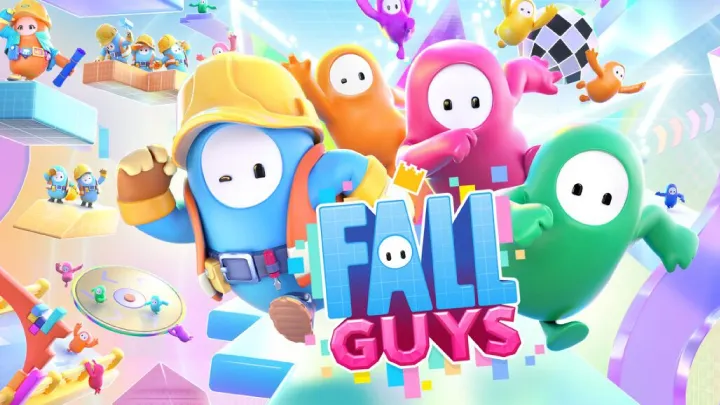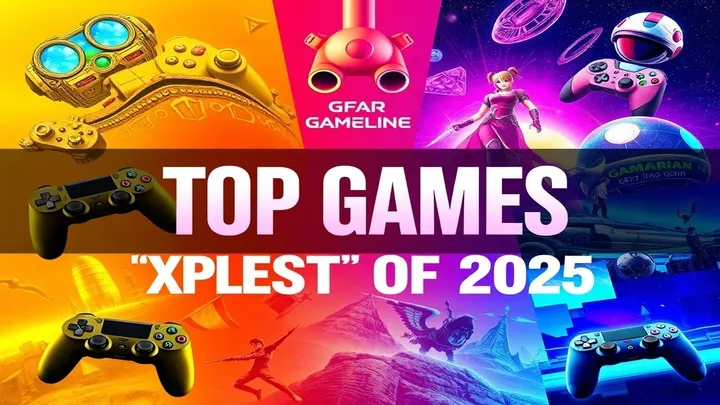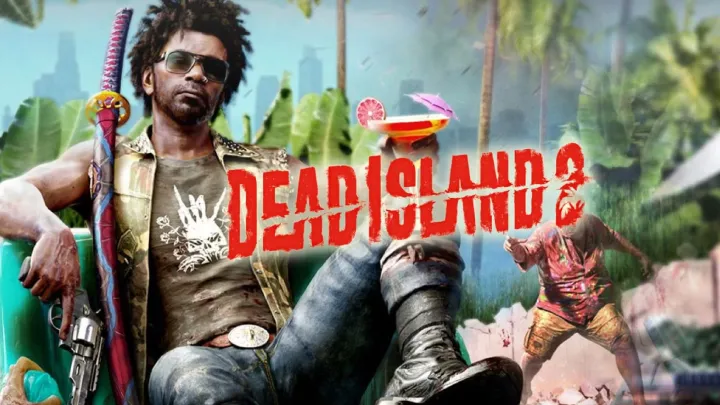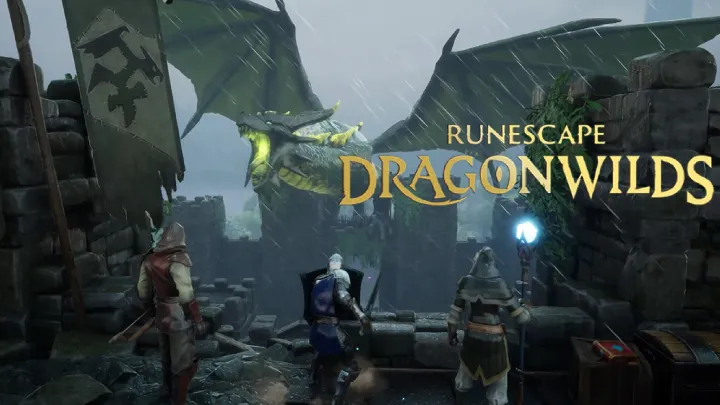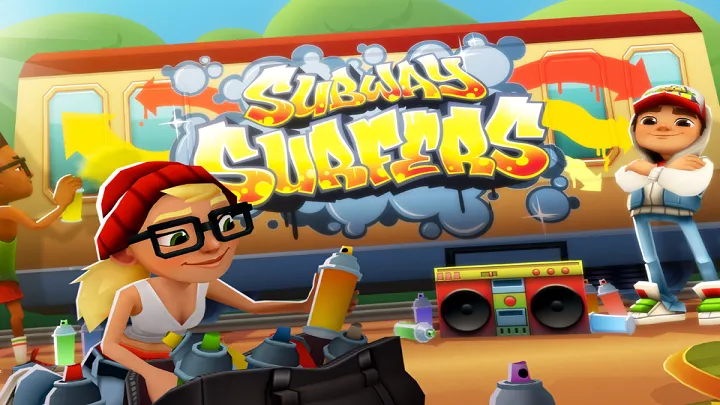Introduction
Warhammer 40,000: Speed Freeks throws players into a brutal, high-octane wasteland where Orks race and battle in custom vehicles. Unlike many racing combat games, Speed Freeks emphasizes destruction, team strategy, and mechanical chaos rather than polished precision. Yet beneath the explosions and roars of engines lies a critical issue that shapes player experience: vehicle combat balance. Some vehicles feel overwhelmingly dominant, while others seem to exist only as support tools, making the game’s progression and competitive play uneven. This article explores vehicle combat balance in Speed Freeks, tracking its impact from early matches to endgame team clashes.
The First Race – Discovering Vehicle Roles
At the beginning of Speed Freeks, players are introduced to different classes of Ork vehicles. These range from lightweight buggies to heavily armored trucks.
For newcomers, it is often unclear how these vehicles differ beyond speed and firepower. Many first-time players feel drawn to the fastest rides, only to discover that speed without survivability rarely leads to victory. The imbalance in understanding roles creates frustration early, as some vehicles dominate simply because their role is more obvious.
Early-Match Dominance of Fast Attack Vehicles
In the first few hours, fast attack vehicles like the Warbuggies tend to dominate. Their ability to capture objectives quickly and harass slower vehicles makes them disproportionately strong.
Why Speed Matters Early
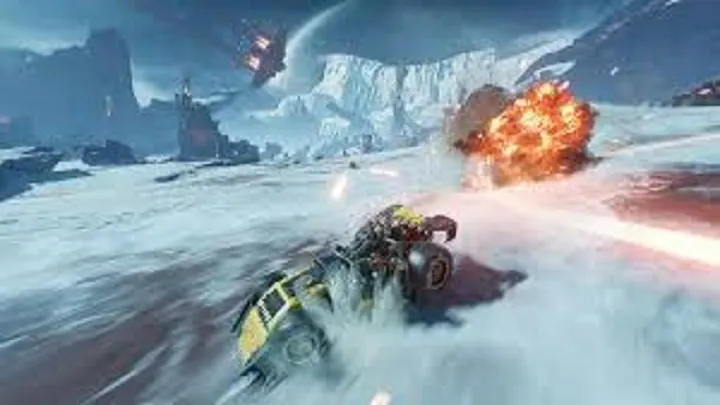
- Quick objective control forces the enemy to respond.
- Evasion allows survival despite weaker armor.
- Disruption tactics create chaos in enemy lines.
This early imbalance can give players the false impression that other vehicles are less viable, reducing experimentation.
Mid-Game Transition – Firepower Shifts the Balance
As players unlock more vehicles and weapons, the balance shifts dramatically. Heavier vehicles with cannons and rockets begin to dominate.
The mid-game is defined by firepower. Matches often hinge on which team can bring the most destructive arsenal. Lighter vehicles lose their advantage, becoming little more than distractions. This transition feels uneven because the game lacks a smooth curve—speed suddenly feels useless, and damage output overshadows all else.
The Role of Support Vehicles
Support vehicles in Speed Freeks are intended to heal, buff, or control space. However, their balance is problematic.
Issues with Support Roles
- Undervalued impact: Many players underestimate support, leaving these vehicles underutilized.
- Weak survivability: Supports often die quickly, making their contribution inconsistent.
- Reliance on teamwork: Random matchmaking rarely provides the coordination needed for support vehicles to shine.
This imbalance discourages players from exploring the full roster, narrowing gameplay variety.
The Problem of Weapon Scaling
Weapons in Speed Freeks often feel unbalanced in scaling. Early weapons may stay viable too long, while advanced ones sometimes feel overpowered.
Examples of Scaling Issues
- Machine guns remain effective beyond their intended stage.
- Rockets deal excessive splash damage, punishing lighter vehicles disproportionately.
- Melee weapons struggle to compete due to unreliable hit detection.
These issues compound the imbalance, as players flock to weapons that remain dominant across multiple stages of progression.
Endgame Meta – Heavy Armor Over All
In late-game matches, balance tilts almost entirely toward heavily armored vehicles. Tanks and trucks dominate because they combine survivability with devastating firepower.
This results in a stale endgame meta where most competitive players pick the same few vehicles. Diversity suffers, and fast or support vehicles are left behind. Players who enjoy different playstyles feel excluded, reducing long-term engagement.
Team Dynamics and Balance Pressure
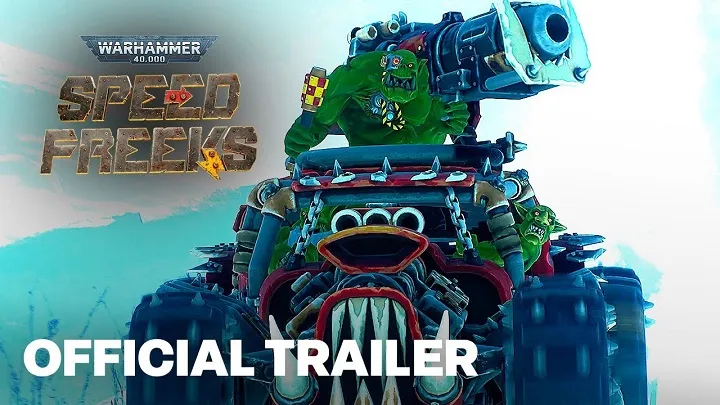
Speed Freeks is designed as a team game, but imbalanced vehicles place enormous pressure on team composition.
Consequences of Balance Gaps
- Forced roles: Teams often need multiple heavy vehicles, limiting creative choices.
- Frustration for solo players: Random teammates rarely coordinate well, amplifying weaknesses.
- One-sided matches: If one team leans into the stronger vehicles, matches can feel predetermined.
This imbalance reduces the excitement of Ork-style chaos, making matches predictable.
Community Reactions to Vehicle Balance
The player community has been vocal about balance concerns. Many highlight specific vehicles that dominate or others that never feel worth using.
Forums and discussions reveal two main camps: those who embrace the chaos of imbalance as part of Ork culture, and those who demand tighter competitive balance. The divide itself shows how central this issue is to the Speed Freeks experience.
Developer Responses and Adjustments
The developers have made attempts to adjust balance through patches, tweaking weapon damage and vehicle health. However, these changes often feel small compared to the scale of imbalance.
Key Challenges for Developers
- Maintaining chaos without losing fairness.
- Balancing multiple roles for casual and competitive play.
- Avoiding overcorrection that makes weak vehicles too strong.
Until more consistent updates arrive, balance remains the game’s most debated issue.
The Future of Balance in Speed Freeks
Looking forward, the future of Speed Freeks depends on addressing these balance issues. The game thrives on chaos, but chaos should not mean predictability.
Possible improvements include scaling adjustments, better-defined roles for support vehicles, and incentives to encourage diversity in team compositions. If the developers succeed, Speed Freeks could evolve into both a chaotic Ork brawl and a balanced competitive experience.
Conclusion
Warhammer 40,000: Speed Freeks captures the spirit of Ork warfare—loud, destructive, and chaotic. Yet vehicle combat balance remains its greatest challenge. From early dominance of fast vehicles to the endgame supremacy of heavy armor, imbalance skews gameplay, narrows diversity, and frustrates players seeking fair competition. Support vehicles, weapon scaling, and team dynamics all suffer under this issue, highlighting the need for more robust adjustments. While some embrace the imbalance as true to Ork culture, the long-term success of Speed Freeks depends on blending chaos with fairness.










